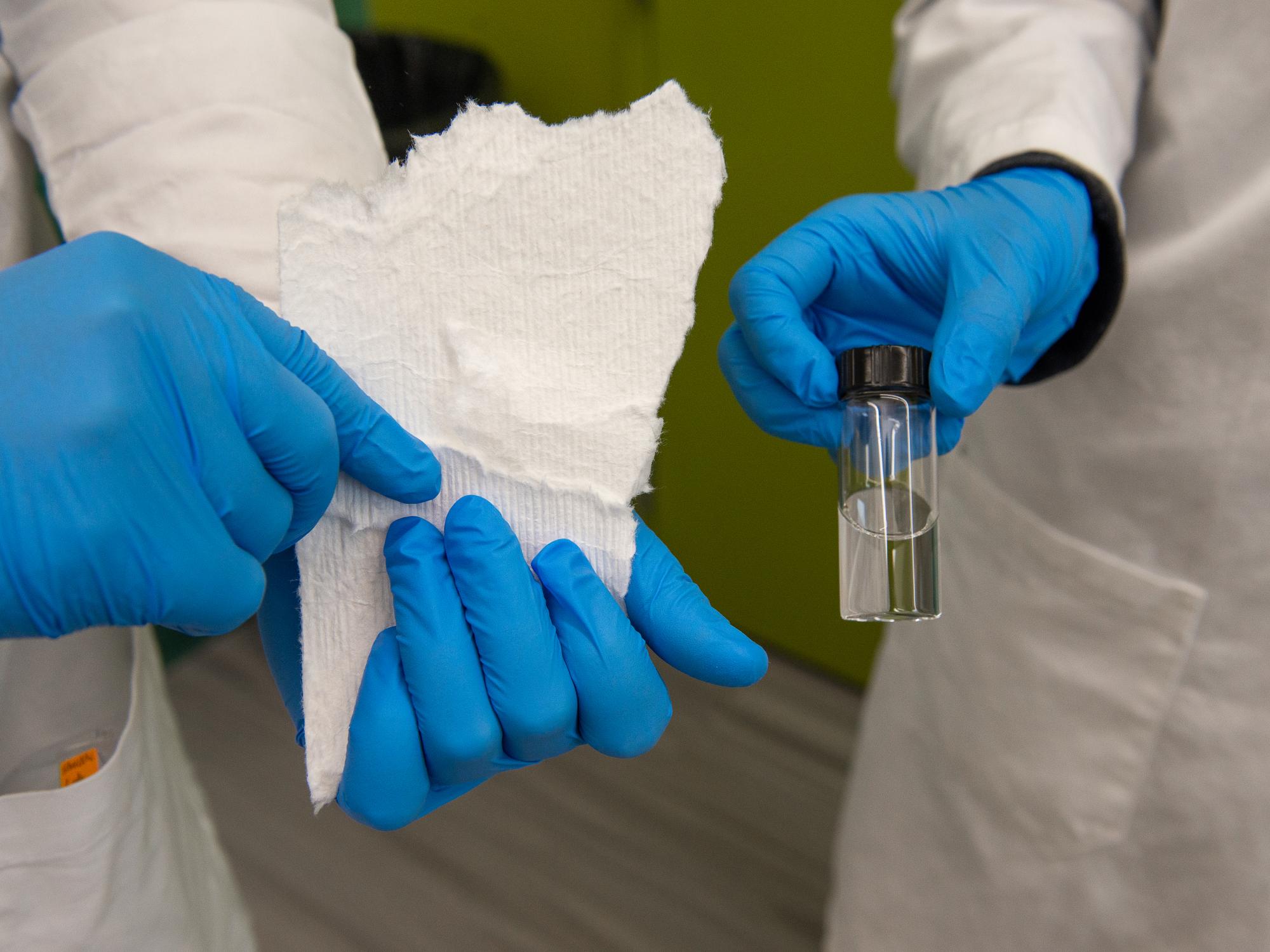Salvaging rare earth elements from electronic waste
Chemical engineer develops sustainable nanotechnology to selectively recover metals
By Mariah Chuprinski, Penn State News

UNIVERSITY PARK, Pa. — Manufacturers rely on rare earth elements, like neodymium, to create strong magnets used in motors for electronics including hybrid cars, aircraft generators, loudspeakers, hard drives and in-ear headphones. But mineral deposits containing neodymium are hard to reach and are found in just a few places on Earth.
With rising need for neodymium from several industries, attention has turned to recycling the elements found in old computers and printed circuit boards, otherwise known as electronic waste, to meet demand. But separating the valuable elements from other minerals and components found in e-waste proves to be a challenge.
In a recent paper in the Chemical Engineering Journal, Amir Sheikhi, assistant professor of chemical engineering and biomedical engineering, at Penn State, details a new nanotechnology to separate neodymium using plant cellulose, which is found in paper, cotton and pulp. Patrictia Wamea, a former member of Sheikhi’s lab who graduated in May with a master of science degree, co-authored the paper and earned the Penn State Department of Chemical Engineering's annual Best Paper Award in fall 2021 for her contributions.
